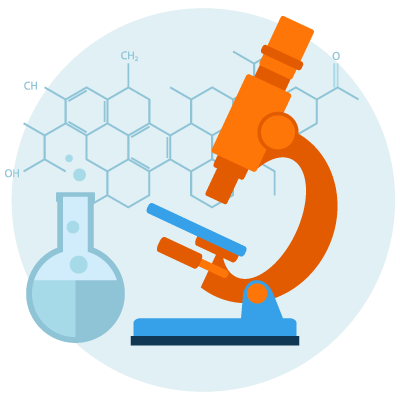
Chemotherapy with autologous hematopoietic stem cell transplantation (AHSCT) is occasionally being used to treat aggressive forms of multiple sclerosis (MS). However, it is unclear how effective is compared to standard MS therapies.
In this project, Professor Tomas Kalincik will use one of the largest international datasets to compare the effectiveness of stem cell transplantation with the most effective MS therapies.
The project will compare treatment outcomes in AHSCT vs. B-cell depleting therapies (ocrelizumab, rituximab) and immune reconstitution therapy (cladribine).
The team will also explore individual factors that determine the response to AHSCT. Finally, they will compare different AHSCT conditioning regimens.
This knowledge will allow for informed use of stem cell transplantation in the treatment of MS.
The ongoing research, led by Professor Tomas Kalincik, has made significant progress.
Over the past year, the team collected and analysed data from collaborating centres in Melbourne, Sydney, Prague, Uppsala, Sheffield, and Ottawa and the MSBase registry. Comparative studies were completed, showing that AHSCT is notably more effective than fingolimod and slightly more effective than natalizumab in treating relapsing-remitting MS. However, in progressive MS, AHSCT was not better than natalizumab in controlling relapses and disability. These findings have been presented at the European Committee for Treatment and Research in Multiple Sclerosis (ECTRIMS) and published in reputable journals such as JAMA Neurology and the Journal of Neurology, Neurosurgery & Psychiatry.
Moving forward, the research will focus on comparing AHSCT with immune reconstitution therapies like alemtuzumab and cladribine and exploring individual differences in responses to AHSCT. This research continues to provide valuable insights into MS treatment, potentially improving therapeutic strategies for people living with MS worldwide.
Updated 31 March 2024
Updated: 22 February, 2023

Laboratory research that investigates scientific theories behind the possible causes, disease progression, ways to diagnose and better treat MS.

Research that builds on fundamental scientific research to develop new therapies, medical procedures or diagnostics and advances it closer to the clinic.

Clinical research is the culmination of fundamental and translational research turning those research discoveries into treatments and interventions for people with MS.

